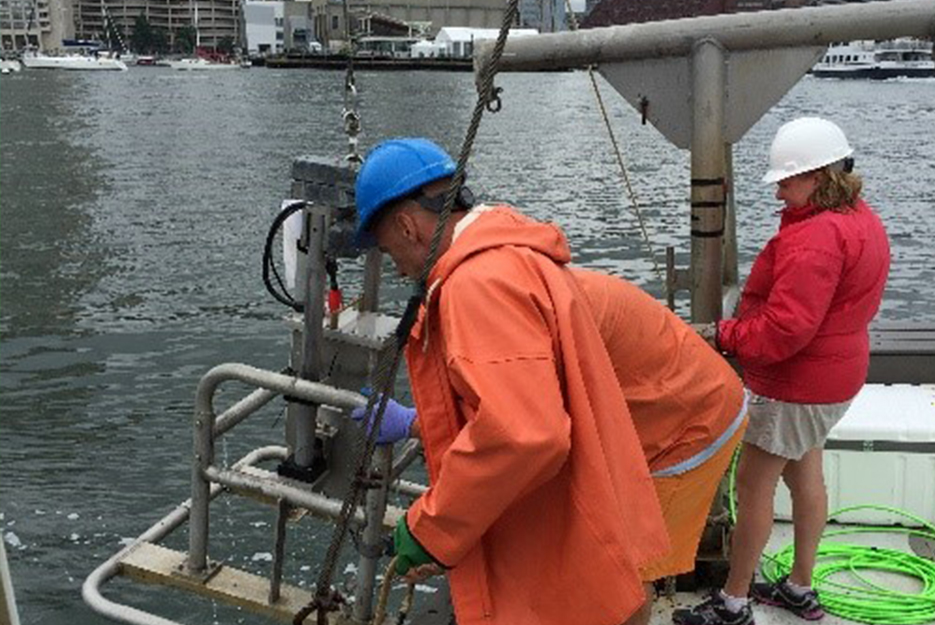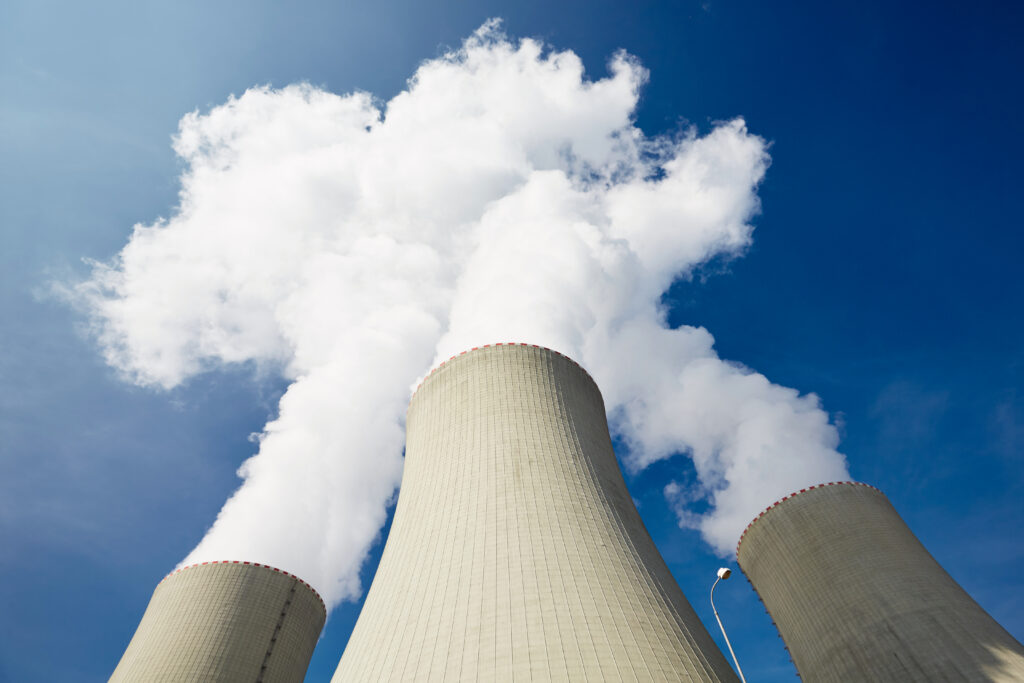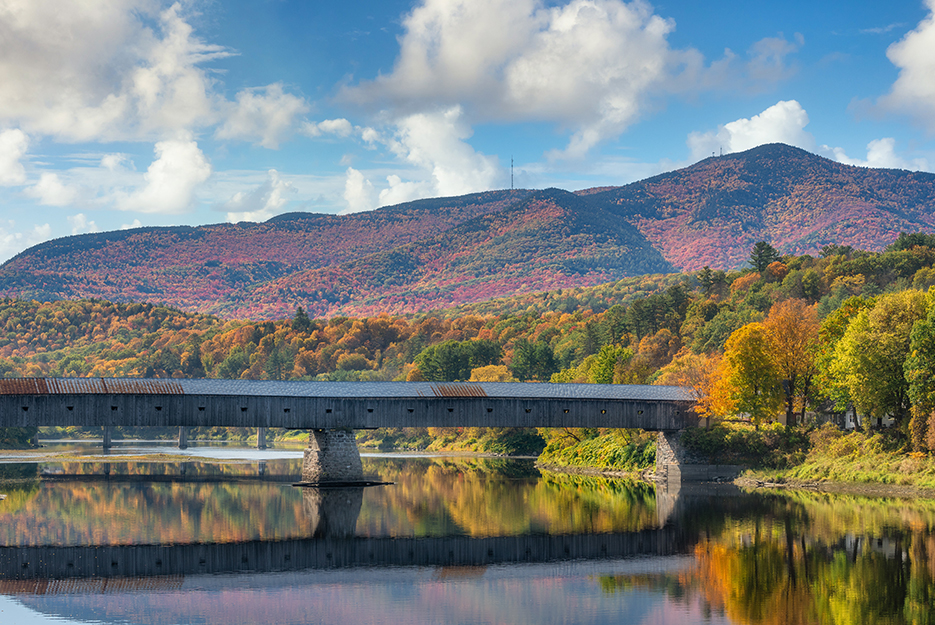Client: Massachusetts Water Resources Authority
Project Highlights: Since 2011, Normandeau has conducted the benthic, fish, and shellfish monitoring program to assess the recovery of Boston Harbor following improvements to the wastewater system, and to monitor for potential impacts from the offshore ocean outfall.
Services Provided:
- Marine fisheries and benthic sampling
- Impact Assessments
Massachusetts Water Resources Authority holds a NPDES permit for discharge of treated wastewater into Massachusetts Bay through an offshore outfall. The NPDES permit stipulates that water and biological resources in the Bay, Boston Harbor, and Cape Cod Bay be monitored to provide assurance to the Commonwealth that the discharge is not having deleterious effects on these water bodies. Normandeau’s responsibilities are to survey benthic resources and several edible species. Hard bottom at and in the vicinity of the diffuser is monitored using remotely-operated video equipment. Hard substrate benthos provides both forage and shelter opportunities for other organisms, thus the concern exists that the discharge could alter this habitat and the ability of the endemic community to use it either through sedimentation or changes in local water quality. Soft bottom habitat in the harbor and Massachusetts Bay is examined using both Sediment Profile Imaging (SPI) and benthic grab methods.
SPI provides a rapid assessment of changes in the health of the substrate by penetrating and then photographing the sediment. Review of the photographs provides information on sediment grain size, the apparent depth of oxygenation, and biological activity. Benthic grab samples are analyzed taxonomically to provide an understanding of the infaunal community structure. Results of these analyses are compared to pre-established criteria that were developed based on environmental conditions prior to operation of the outfall.
Winter flounder is a commercially and recreationally sought fish. Its demersal lifestyle exposes it to sediment-borne, as well as water-borne, contaminants. Long-term exposure to contaminants can be observed in external and internal pathologies. Flounder are collected annually from locations in Boston Harbor, Massachusetts Bay, and Cape Cod Bay to evaluate the health of this species compared to preoperational conditions. Once every three years, body burdens of contaminants potentially in the discharge are measured in winter flounder and lobsters from these locations. Blue mussels are used triennially to measure direct exposure of this filter-feeding species to the effluent. Flounder pathology and the body burdens of all three organisms are compared to previously established thresholds to evaluate the potential effects of the discharge.



